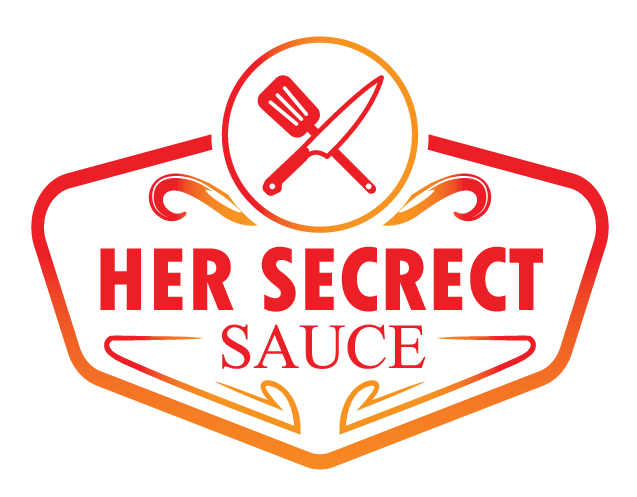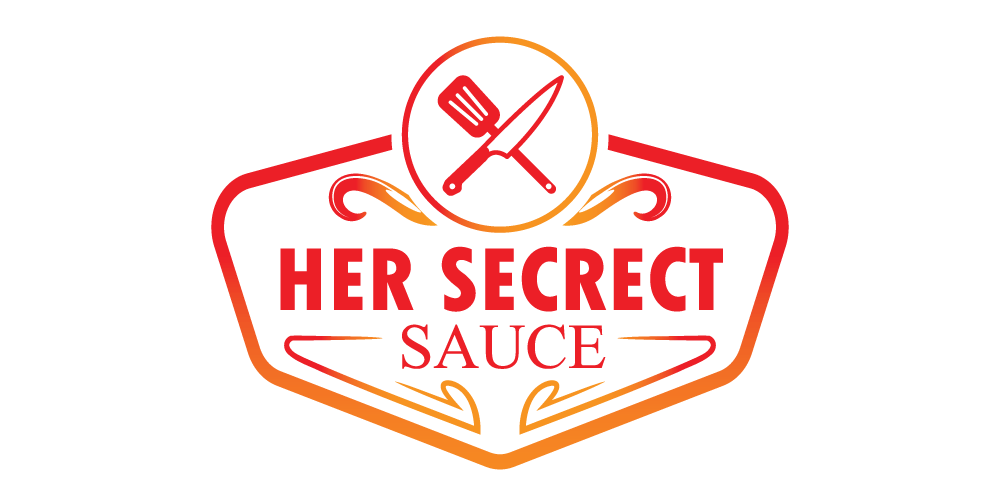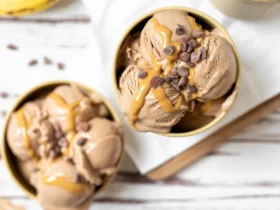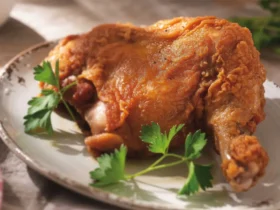I can’t tell you how many times I’ve wanted to throw a cake pan across the kitchen. You follow the recipe perfectly, you do everything right, and you still end up with a dry, crumbly doorstop. It’s enough to make you give up and just buy one from the store.
But I’m going to ask you to trust me one more time. We’re going to make a vanilla cake so soft, moist, and flavorful that you’ll forget all about those past disasters. This is the one, the recipe that just works, every single time. And it’s probably easier than you think.
This isn’t about being a fancy baker. It’s about getting back to basics and making something genuinely delicious that you can be proud of.
Why This Vanilla Cake Recipe Just Works
So, what makes this cake different from the hundred other ones you’ve seen online? It comes down to a few simple things that make a huge difference. First, we use cake flour. Don’t skip this, it’s the secret to that super tender, melt-in-your-mouth texture. All-purpose flour is great for cookies, but for a light, fluffy cake, you need cake flour.
We also use buttermilk. The real stuff. Its tanginess cuts through the sweetness and the acid in it helps make the cake incredibly soft. And finally, we’re using a mix of butter and a little bit of oil. The butter gives us that amazing flavor nobody can resist, and the oil is our insurance policy for a moist cake that stays that way for days. It’s a simple combo, but it’s a total game-changer.
What You’ll Need
Getting your ingredients ready beforehand makes everything go so much smoother. It’s a little thing chefs do called “mise en place,” which is just a fancy French way of saying “get your stuff together.” It helps, I promise.
For the Vanilla Cake
| Ingredient | Amount |
|---|---|
| Cake Flour | 2 ¾ cups |
| Baking Powder | 1 Tbsp |
| Baking Soda | ½ tsp |
| Salt | 1 tsp |
| Unsalted Butter | ¾ cup (1½ sticks) |
| Vegetable Oil | ¼ cup |
| Granulated Sugar | 1 ¾ cups |
| Large Eggs | 4 |
| Pure Vanilla Extract | 1 Tbsp |
| Buttermilk | 1 cup |
A quick word on these ingredients. Make sure your butter, eggs, and buttermilk are all at room temperature. Seriously, take them out of the fridge an hour before you start. This is a non-negotiable step for a smooth, even cake batter. Cold ingredients just don’t mix together properly. For the vanilla, use the best pure vanilla extract you can find. It’s the star of the show here, so that imitation stuff won’t cut it.
For the Vanilla Buttercream
| Ingredient | Amount |
|---|---|
| Unsalted Butter | 1 ½ cups (3 sticks) |
| Powdered Sugar | 4 cups |
| Heavy Cream | ¼ cup |
| Pure Vanilla Extract | 2 tsp |
| Salt | ¼ tsp |
For the frosting, your butter needs to be softened but still cool to the touch. If it’s melty, your frosting will be a greasy mess. Just leave it on the counter for about 45 minutes. Sifting the powdered sugar is an annoying extra step, I know, but it prevents lumpy frosting.
The Right Tools for the Job
You don’t need a professional kitchen, but having the right tools makes a world of difference. You probably have most of this stuff already.
| Tool | Quantity |
|---|---|
| 9-inch Round Cake Pans | 2 |
| Stand Mixer or Hand Mixer | 1 |
| Mixing Bowls | 2-3 |
| Whisk & Spatula | 1 each |
| Measuring Cups & Spoons | 1 set |
| Parchment Paper | Enough for 2 pans |
| Wire Cooling Rack | 1 |
The stand mixer is a huge help, but a good hand mixer will work just fine. And please, please use parchment paper to line the bottom of your cake pans. It guarantees your cakes will pop right out without sticking. Nothing is worse than baking a perfect cake only to have it break when you try to get it out of the pan.
Pro Tips for a Perfect Cake
I’ve made enough mistakes over the years to know what can go wrong. Here are a few things to keep in mind that will save you a lot of headaches.
1. Don’t Overmix Your Batter.
This is the number one cake killer. Once you add the flour, you want to mix it as little as possible. The more you mix, the more gluten you develop, which makes the cake tough and dense instead of light and tender. Mix only until you no longer see streaks of flour. A few little lumps are totally fine.
2. Scrape Down the Bowl. Often.
It seems small, but it’s so important. Bits of butter and sugar love to hide at the bottom and sides of the mixing bowl. If you don’t scrape it all down with a spatula regularly, you’ll get streaks of unmixed ingredients in your final cake. So, after each major step, stop the mixer and give the bowl a good scrape.
3. The “Reverse Creaming” Method is Your Friend.
Most recipes have you cream butter and sugar together first. We’re doing it a little differently. We’ll mix the dry ingredients with the butter first, until it looks like wet sand. This method coats the flour in fat, which protects it from developing too much gluten. It’s a nearly foolproof way to get a super tender, fine crumb every time.
4. Don’t Open the Oven Door.
I know it’s tempting to peek. But every time you open that oven door, the temperature drops dramatically. This can cause your beautiful, rising cakes to sink in the middle, creating a sad, dense crater. Wait until you’re near the end of the baking time and can smell that delicious cakey aroma before you even think about opening it to check.
Step-by-Step: Let’s Bake This Thing
Alright, let’s do this. Take a deep breath. It’s just cake. We’ve got this.
Step 1: Prep Your Pans and Oven
First things first, move an oven rack to the center position and preheat your oven to 350°F (175°C). Take your two 9-inch cake pans, grease them with butter or baking spray, line the bottoms with parchment paper, and then grease the parchment paper too. It sounds like overkill, but you’ll thank me later.
Step 2: Mix the Dry Stuff
In a large bowl (or the bowl of your stand mixer), whisk together the cake flour, sugar, baking powder, baking soda, and salt. Just give it a good whisk for about 30 seconds to make sure everything is evenly combined.
Step 3: Add the Butter and Oil
Now, take your room temperature butter (cut it into little cubes) and add it to the flour mixture. Add the vegetable oil too. Mix on low speed until the texture looks like coarse, wet sand. This should take about 2-3 minutes. You shouldn’t see any large chunks of butter left. (This is that reverse creaming trick I was talking about!)
Step 4: Whisk the Wet Stuff
In a separate medium bowl, whisk together your room temperature eggs, buttermilk, and vanilla extract. Don’t go crazy here, just whisk until everything is combined.
Step 5: Combine It All (Carefully!)
Pour half of the wet buttermilk mixture into the flour mixture. Mix on low speed for about 30 seconds, then turn the speed up to medium and beat for exactly one minute. Scrape down the sides and bottom of the bowl with your spatula. Now, add the rest of the buttermilk mixture and beat on medium speed for just 30 seconds more. Stop mixing. The batter might look a little lumpy, and that’s okay. Do not overmix!
Step 6: Bake the Cakes
Pour the batter evenly between your two prepared cake pans. I like to use a kitchen scale for this to make sure they’re perfect, but you can just eyeball it. Smooth the tops with your spatula. Bake for 30-35 minutes.
Step 7: Check for Doneness
You’ll know they’re done when the edges are pulling away from the sides of the pan and a wooden skewer or toothpick inserted into the center comes out with a few moist crumbs attached. If it comes out completely clean, it’s slightly overbaked.
Step 8: Cool Them Down
Let the cakes cool in their pans on a wire rack for about 15 minutes. After 15 minutes, carefully run a knife around the edge and flip the cakes out onto the wire rack to cool completely. This part is important—don’t even think about frosting a warm cake unless you want a melted mess.
Making That Amazing Vanilla Buttercream
While the cakes are cooling, let’s make the frosting. Good frosting can make a good cake great.
Step 1: In the bowl of your stand mixer (or using a hand mixer), beat the softened butter on medium-high speed for about 3-4 minutes until it’s super light, fluffy, and pale in color.
Step 2: Turn the mixer down to low and slowly add the sifted powdered sugar, one cup at a time. Wait until each cup is mostly mixed in before adding the next.
Step 3: Once all the sugar is in, add the heavy cream, vanilla extract, and salt. Beat on low until it’s all combined, then crank the speed up to medium-high and beat for another 3 minutes until it’s incredibly light and fluffy.
Step 4: Assemble your masterpiece! Place one cake layer on a plate or cake stand. Top it with a generous layer of frosting. Place the second cake layer on top, and then frost the top and sides of the entire cake. You can make pretty swirls with the back of a spoon.
Making It Your Own: Substitutions & Fun Ideas
This cake is a fantastic starting point. It’s like a blank canvas. Here are a few ways to switch things up.
- Funfetti Style: Gently fold in ¾ cup of rainbow sprinkles into the finished batter right before you pour it into the pans.
- Citrus Twist: Add the zest of one lemon or one orange to the sugar in the very first step. Rub it in with your fingers to release the oils and get a wonderful citrus scent.
- Almond Flavor: Swap out 1 teaspoon of the vanilla extract for ½ teaspoon of almond extract in both the cake and the frosting. A little goes a long way!
- Buttermilk Substitute: If you’re in a pinch, you can make your own buttermilk. Just add 1 tablespoon of lemon juice or white vinegar to 1 cup of regular milk, stir, and let it sit for 10 minutes.
Leftovers and Storage
If you somehow have leftovers, you’ll want to store them properly. You can store the cake in a cake carrier or covered tightly with plastic wrap at room temperature for up to 3 days.
I actually try to avoid putting it in the refrigerator. The cold air tends to dry out the cake. If you must refrigerate it, make sure it’s in an airtight container and let it sit out at room temperature for at least 30 minutes before serving to soften up the buttercream.
You can also freeze the unfrosted cake layers. Once they are completely cool, wrap them tightly in two layers of plastic wrap and one layer of aluminum foil. They’ll keep in the freezer for up to 2 months. Just thaw them on the counter before frosting.
FAQ: Your Cake Questions, Answered
Q1. Can I use all-purpose flour instead of cake flour?
Ans: You can, but the texture will be different. The cake will be a bit denser and not as tender. If you do, use 2 ½ cups of all-purpose flour instead of the 2 ¾ cups of cake flour.
Q2. Why did my cake sink in the middle?
Ans: This usually happens for two reasons: the oven door was opened too early, or the cake was underbaked. It could also mean your baking powder is old and not working anymore.
Q3. Can I make this recipe into cupcakes?
Ans: Absolutely! This recipe will make about 24 cupcakes. Just line a muffin tin with paper liners and fill them about two-thirds full. Bake them at 350°F for about 18-22 minutes.
Q4. My buttercream is too sweet! How can I fix it?
Ans: The easiest fix is to add a tiny pinch more of salt, which helps balance the sweetness. You can also add an extra tablespoon or two of heavy cream to thin it out and cut the sweetness.
Q5. Can I use a different kind of frosting?
Ans: Of course. This cake is amazing with cream cheese frosting, chocolate frosting, or even a simple fruit glaze. It’s your cake, have fun with it!
Wrapping Up
See? That wasn’t so bad. You just made a beautiful, from-scratch vanilla cake that is going to blow everyone away. The best part is knowing you did it yourself. There’s nothing quite like the smell of a cake baking in your own oven.
Now go cut yourself a huge slice, you deserve it.
When you make this, I’d love to hear how it went! Drop a comment below and tell me what you thought, or if you have any questions along the way. Happy baking






Leave a Reply